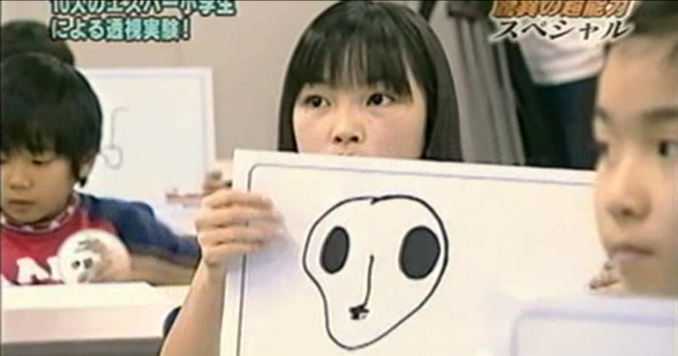Noroi: The Curse (2005)

Thanks to Shudder, I’ve had the opportunity to watch some really excellent horror films that I’d probably never have even heard of, and many that I’d have never had the stomach to rent. And while I admit that my J-horror education has been sorely lacking, at least I have experienced the power of both Ju-on and Ringu, as well as their American counterparts. But Noroi: The Curse is an animal all its own, and in some ways a better film than either Ju-on or Ringu – a sharply made, very frightening found footage feature.
The Curse opens with several titles explaining that the film was put together from footage shot by documentary filmmaker Masafumi Kobayashi (Jin Muraki), who vanished after his home burned to the ground with his wife Keiko inside. Kobayashi investigated paranormal activity around Japan, this time focusing on the story of Junko Ishii (Tomono Kuga) and her son, whom Kobayashi meets after a neighbor claims to hear strange noises coming from their house. The film builds slowly as Kobayashi investigates Ishii, who suddenly vanishes, and intercuts this footage with the experience of actress Marika Matsumoto (playing herself), who comes into contact with a malevolent spirit while appearing on a “ghost hunters” TV show. Meanwhile, a young girl named Kana Yano (Rio Kanno) appears on a psychic program and then disappears after being visited by a man in a tinfoil hat, whom Kobayashi eventually tracks down. As the narratives intersect in Kobayashi’s film, the horrible story of the curse begins to come to light.
Noroi: The Curse is a slow-burner of a horror film, far less dependent on visual scares than similar J-horror films. The effect is more psychological, allowing glimpses out of the corner of the eye, shadows across walls, and weird occurrences in the middle of the night. It plays like a documentary, a very precisely constructed narrative meant to elucidate the investigation of the paranormal, rather than a horror movie. As the narrative begins to take shape, with repetition of events and the slow reveal of what the curse even is, the film increases the tension. It blurs the line between documentary reality and fiction in casting an actress playing herself, and showcasing Japanese tabloid shows as part of the revelation of old evil. In that, it significantly predates films like Paranormal Activity, which rely on the same blurring of lines and slow-burn myth-making, rather than grotesque images, to strike fear into the heart.
The slow pacing of The Curse and the complex storyline that has to bring together several apparently disparate strands of narrative might turn off some horror viewers, who prefer their terror more straightforward. But I must admit that this is exactly the kind of horror movie that I love. The tension is there, but it builds slowly, the frames packed with meaning and little clues to the interconnectedness of the stories. Japanese horror films in general take a very different view of ghosts from many Western films, emphasizing the carrying over of demons and ghosts across generations and among people apparently unrelated. There’s a sense of inevitability, of a horror that cannot be put down or escaped but that must simply be accepted, because it’s going to get you eventually. What’s more, it will keep going, through the generations, a testament to the hubris of human beings.
The Curse surprised me in how thoughtful it was, and how dedicated to really creating the illusion of a documentary film put together after the death of its filmmaker. As the pieces of The Curse begin to fit together, the horror comes fully home, but it’s the build-up that’s really delightful, the slow and measured construction of real terror.
Noroi: The Curse is available to watch on Shudder.